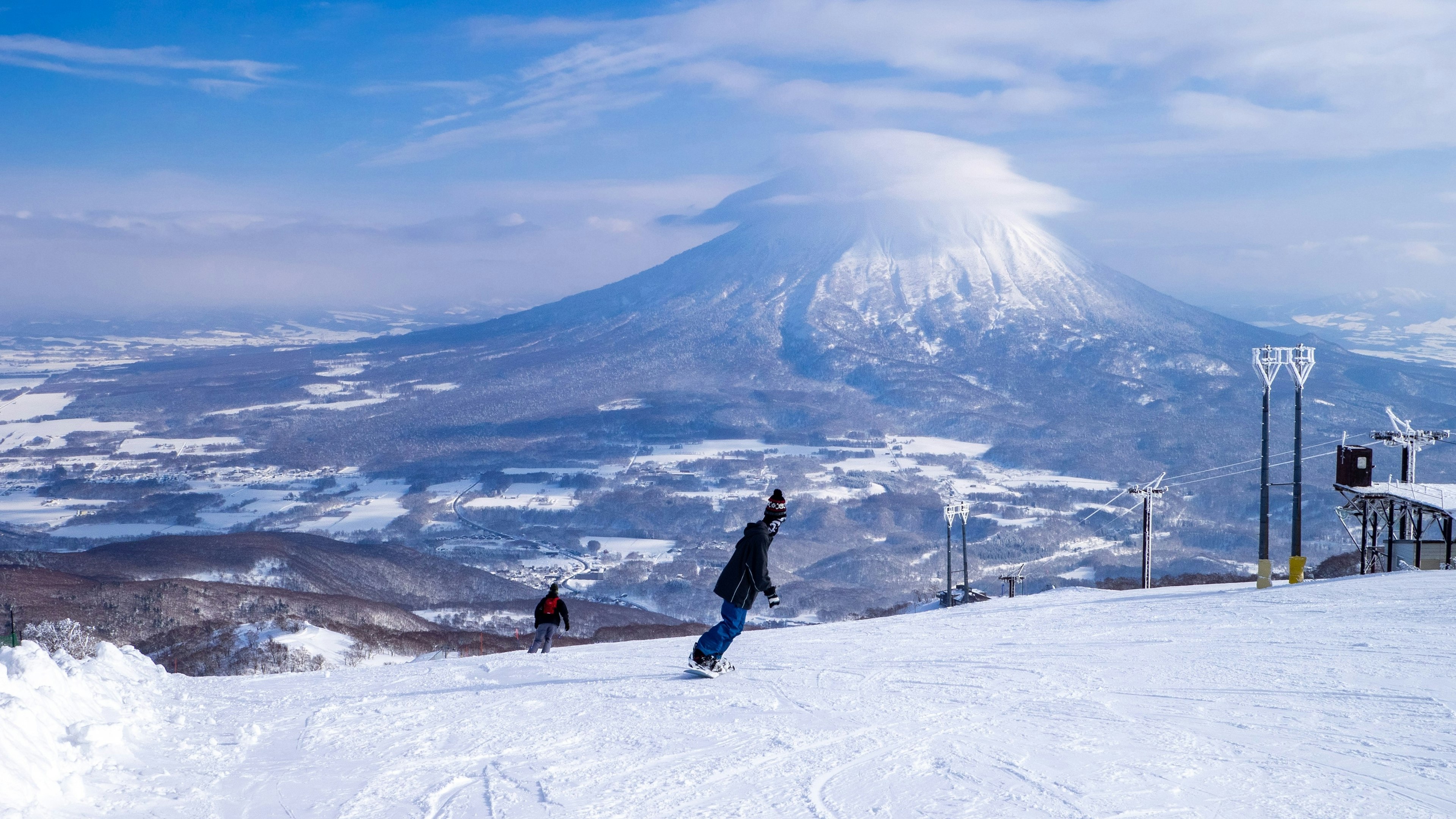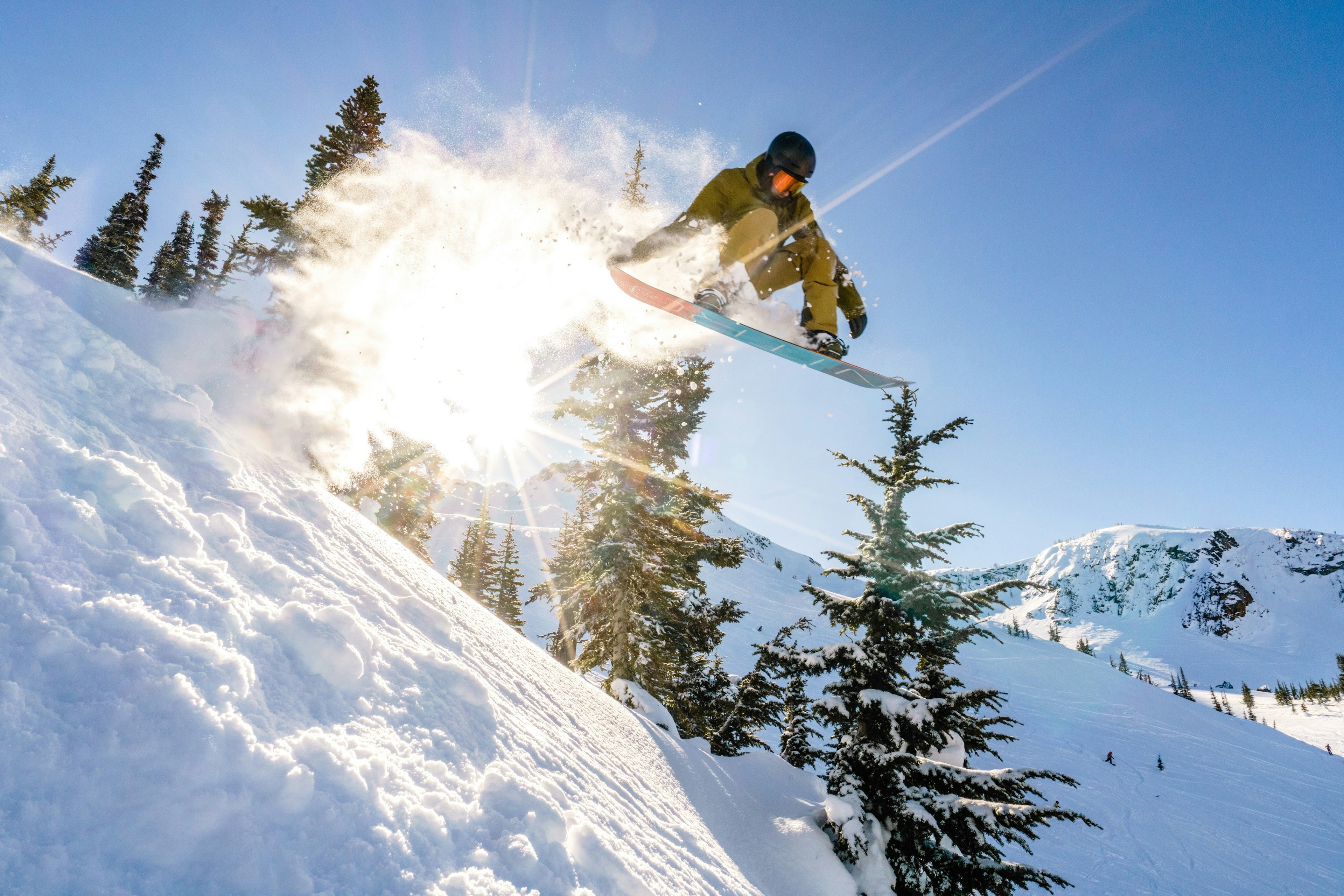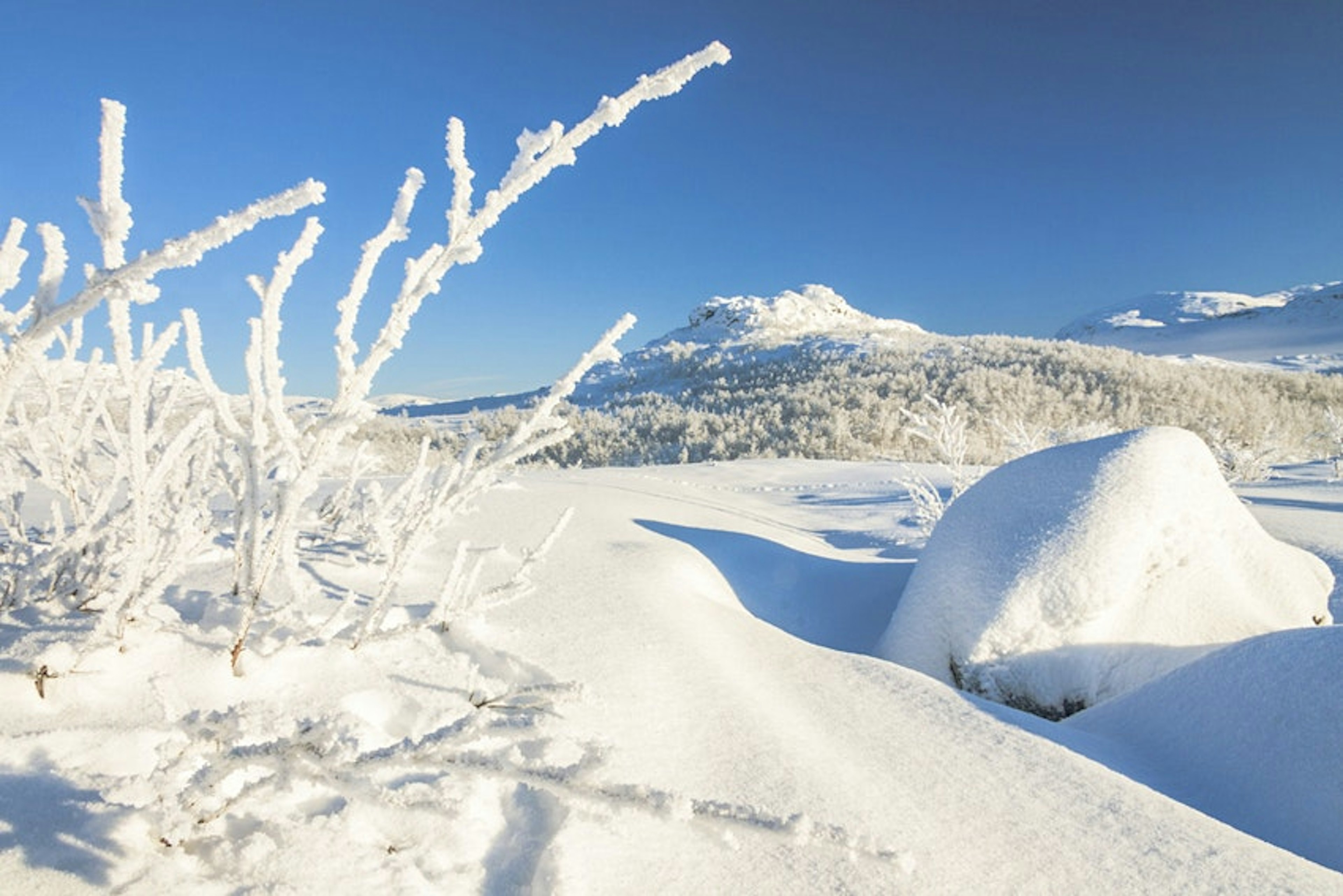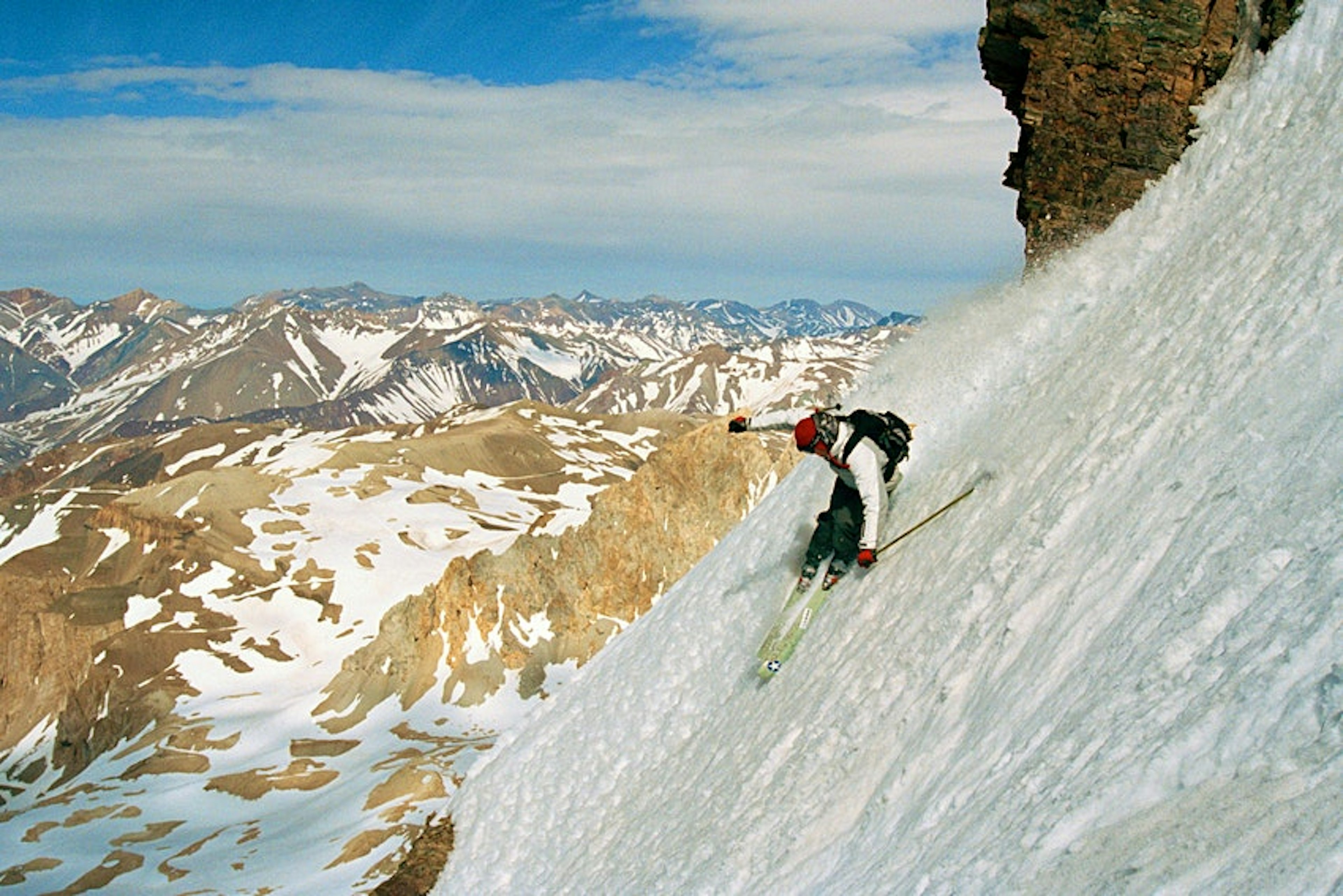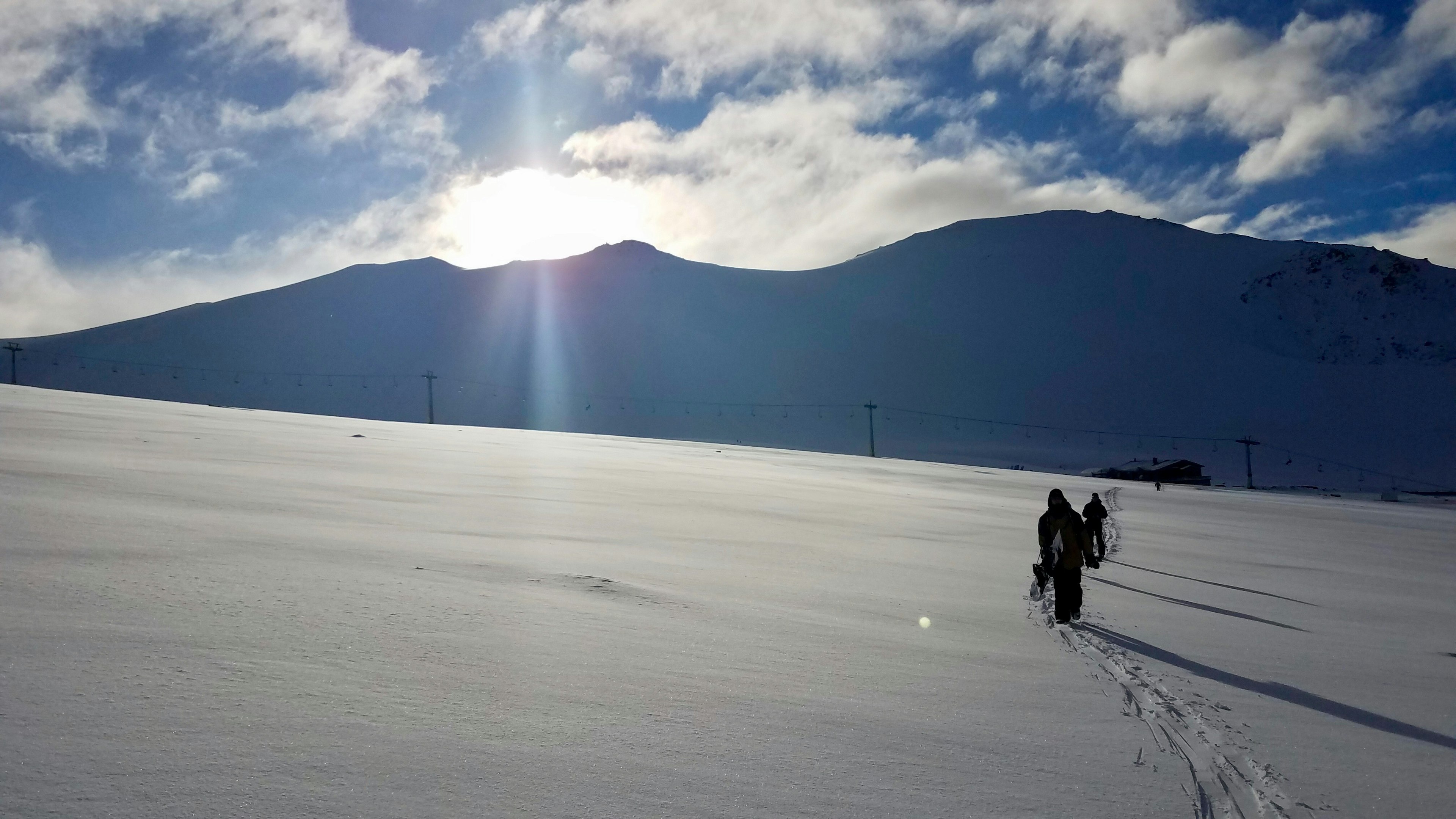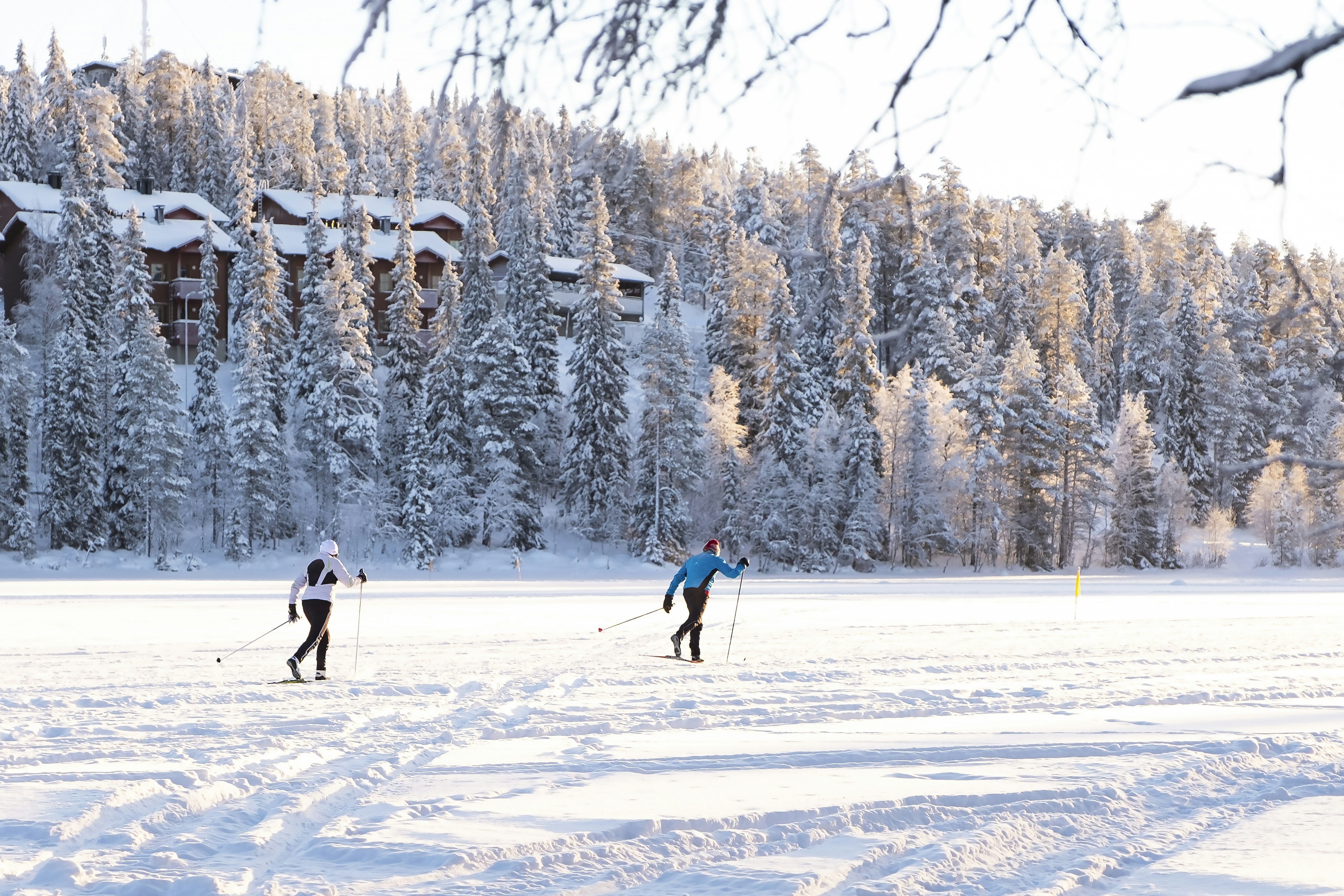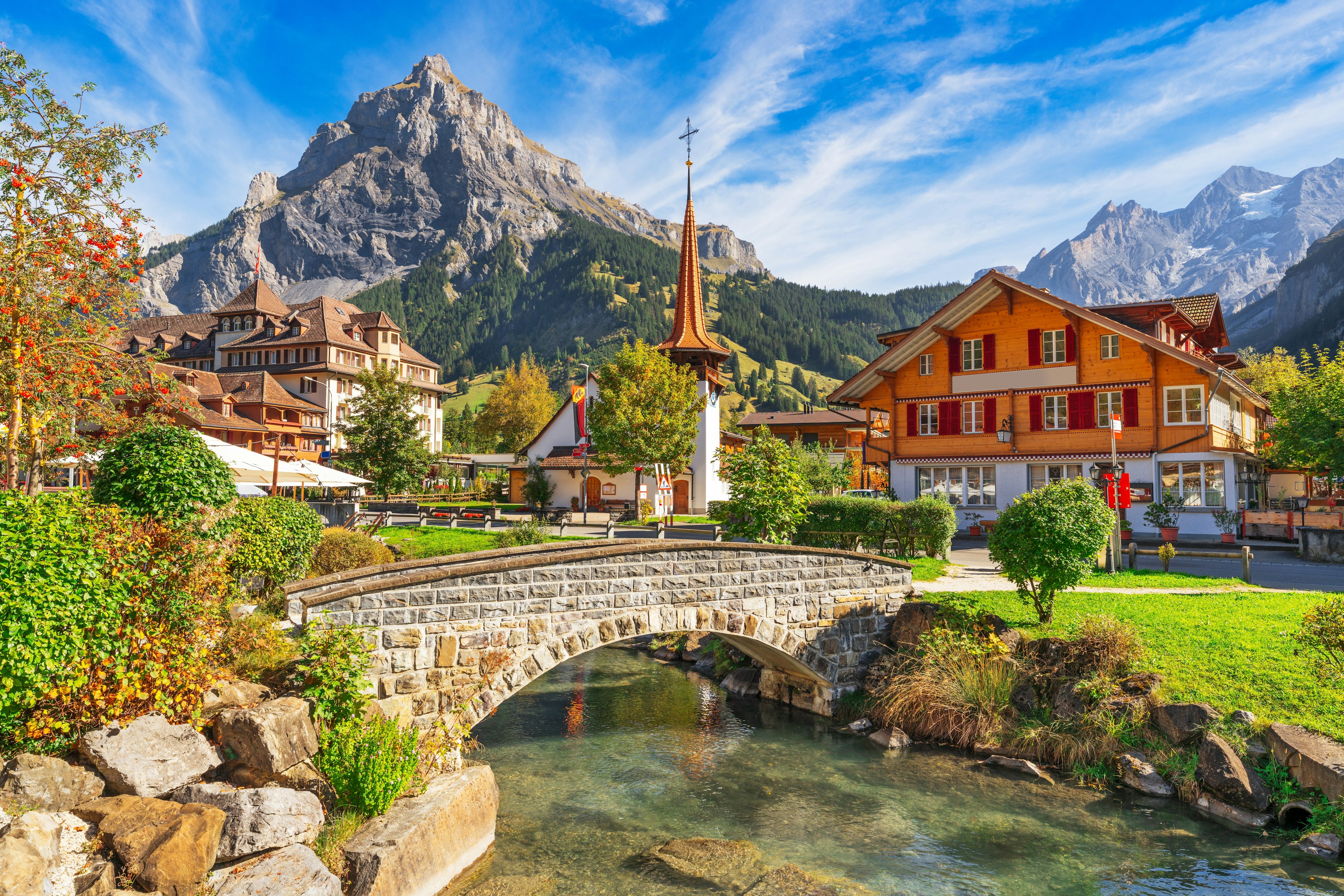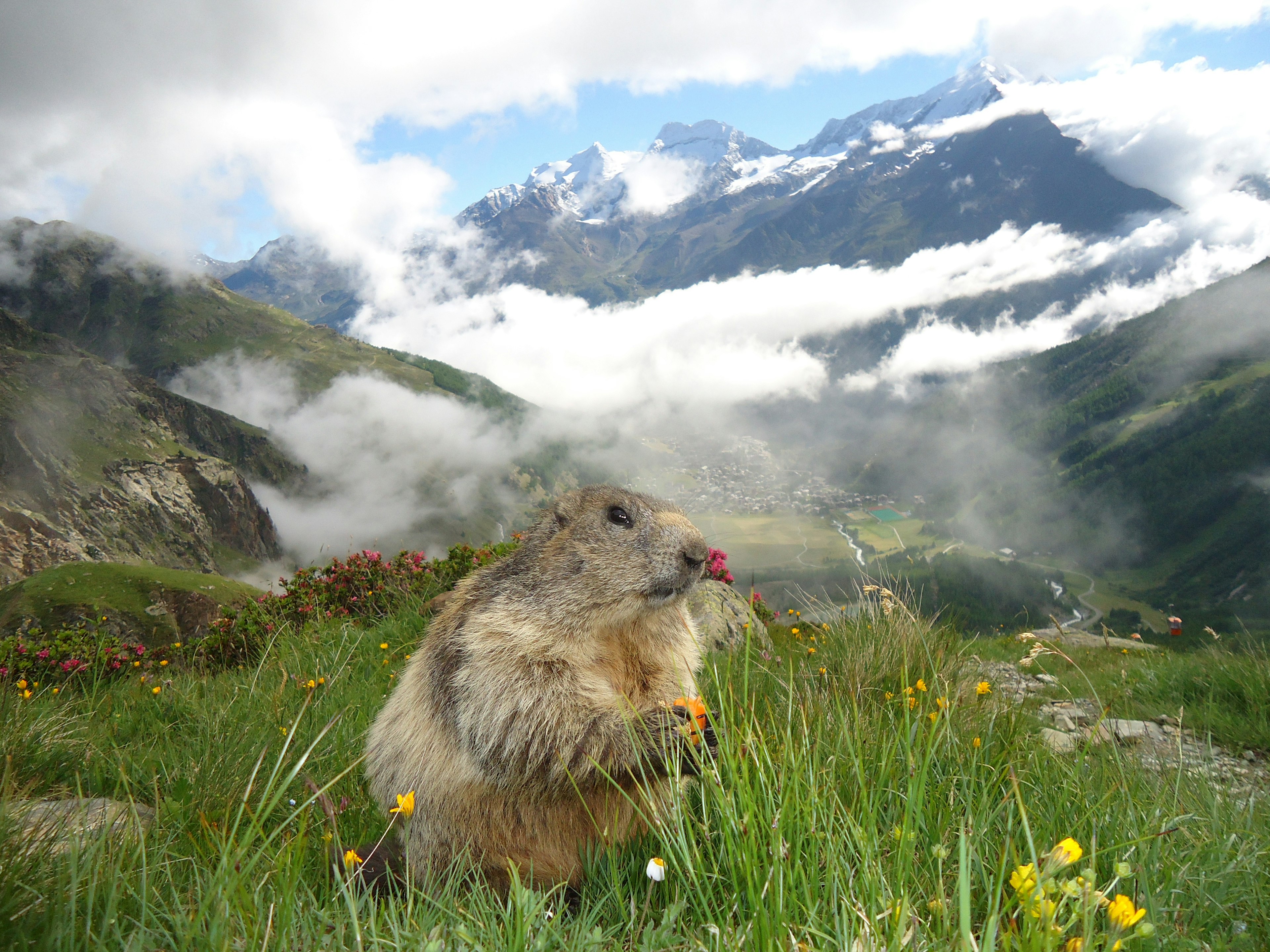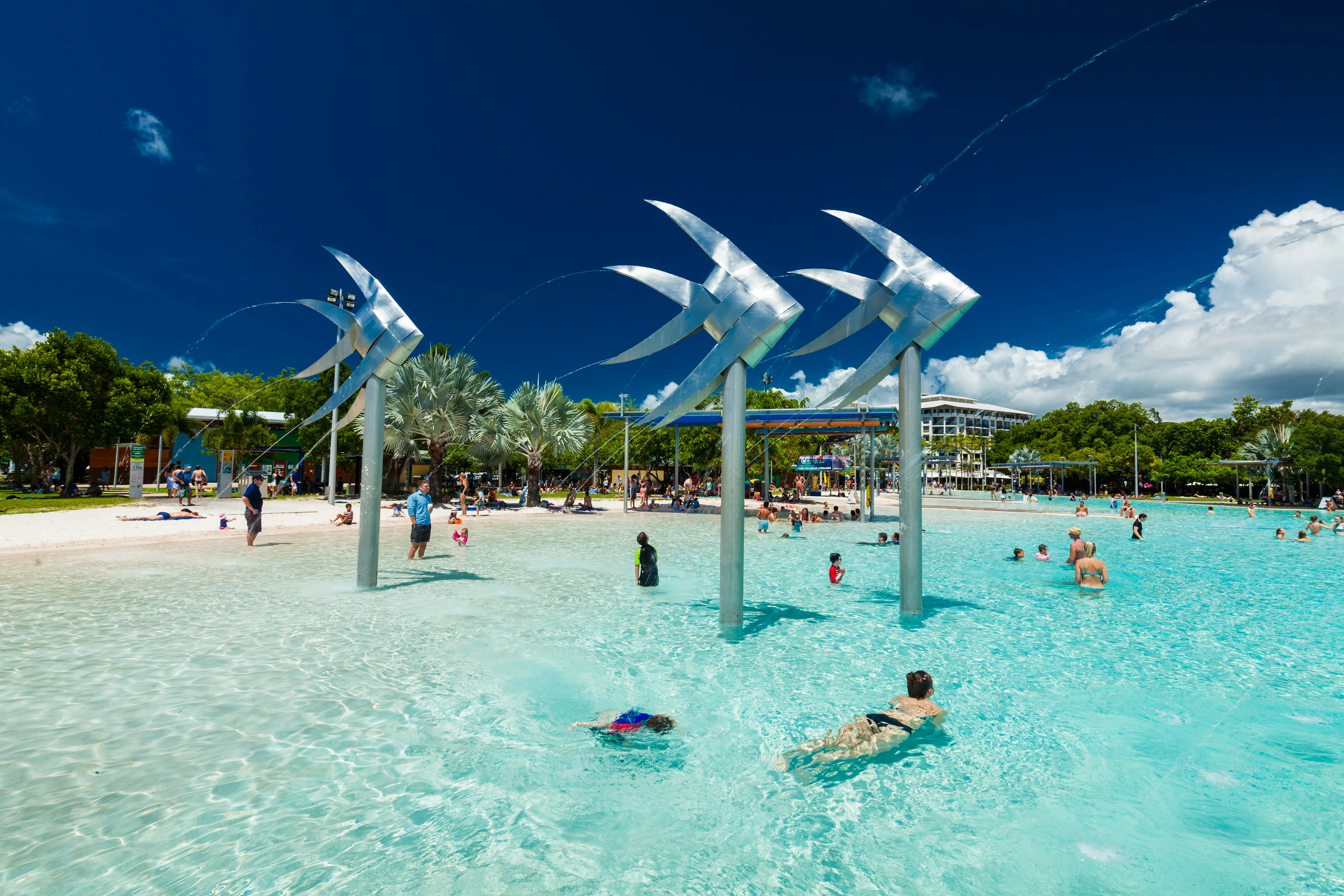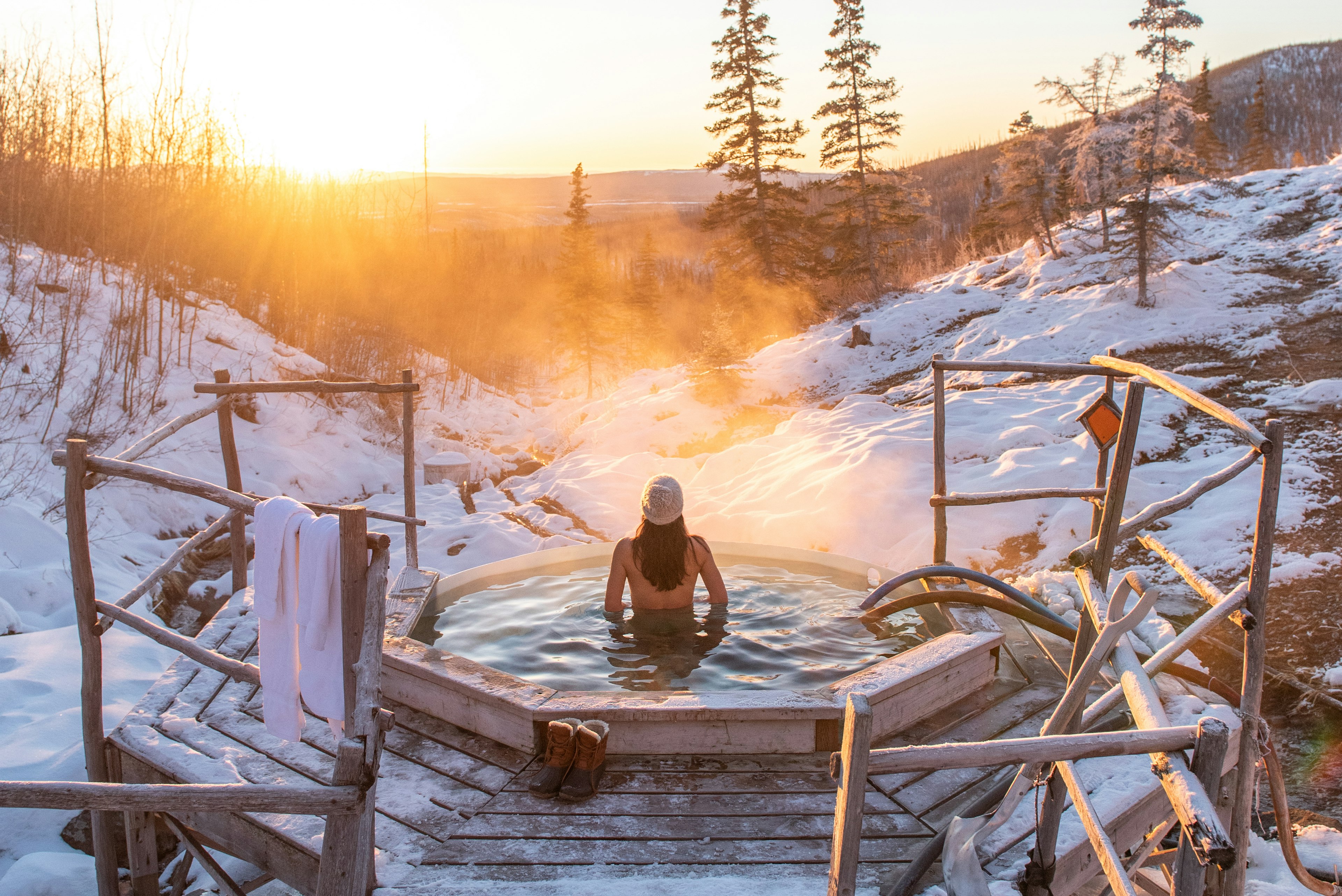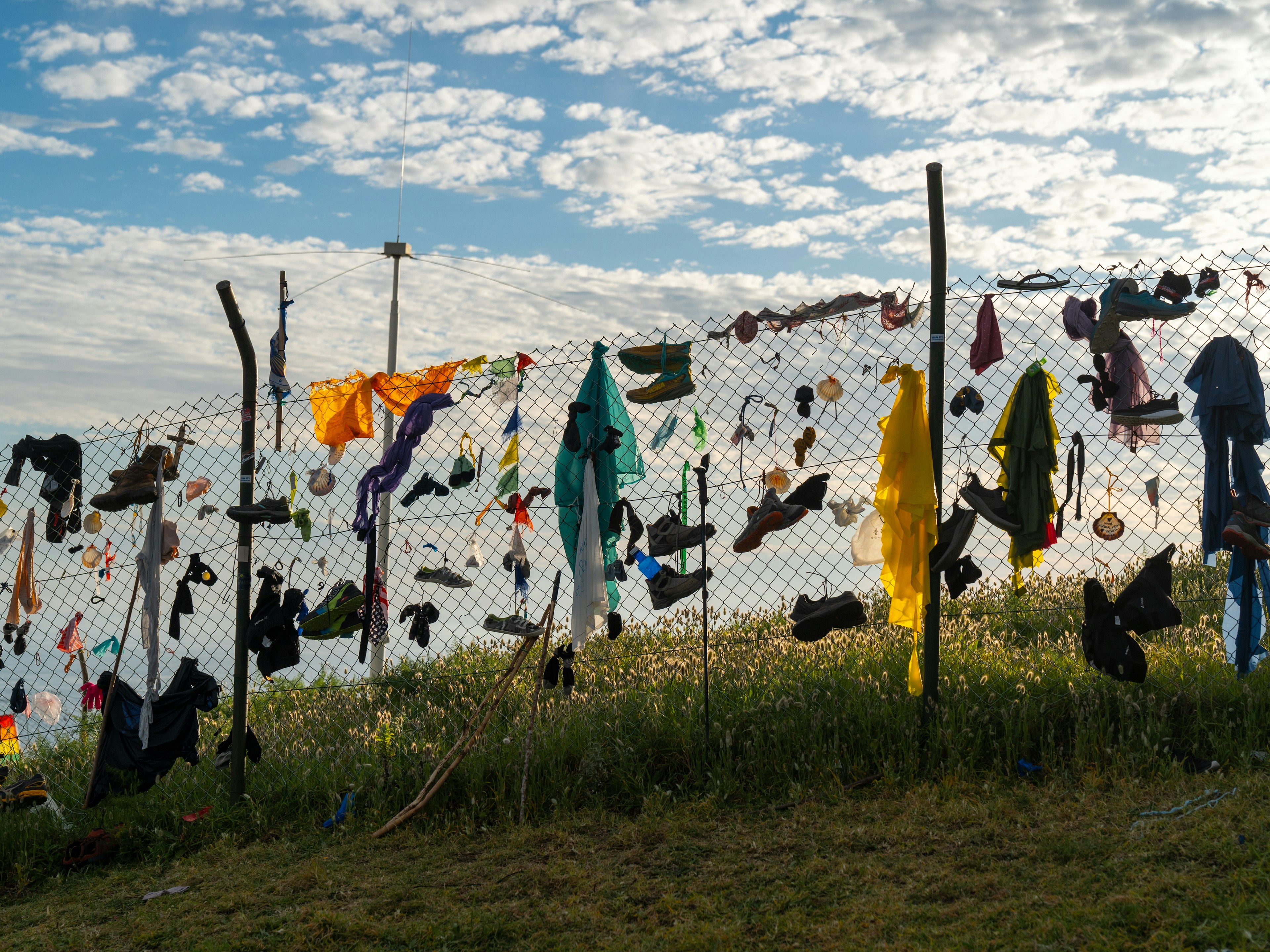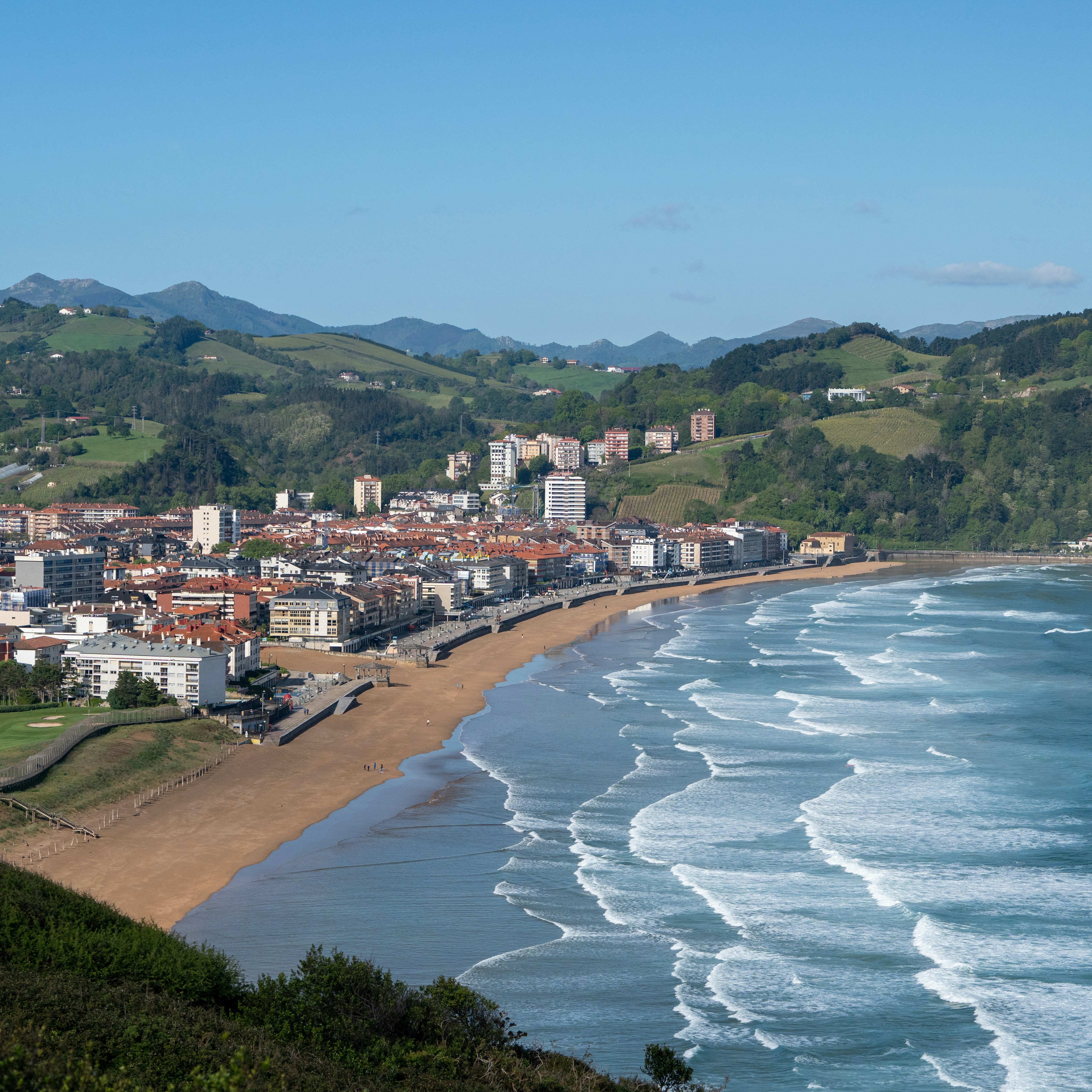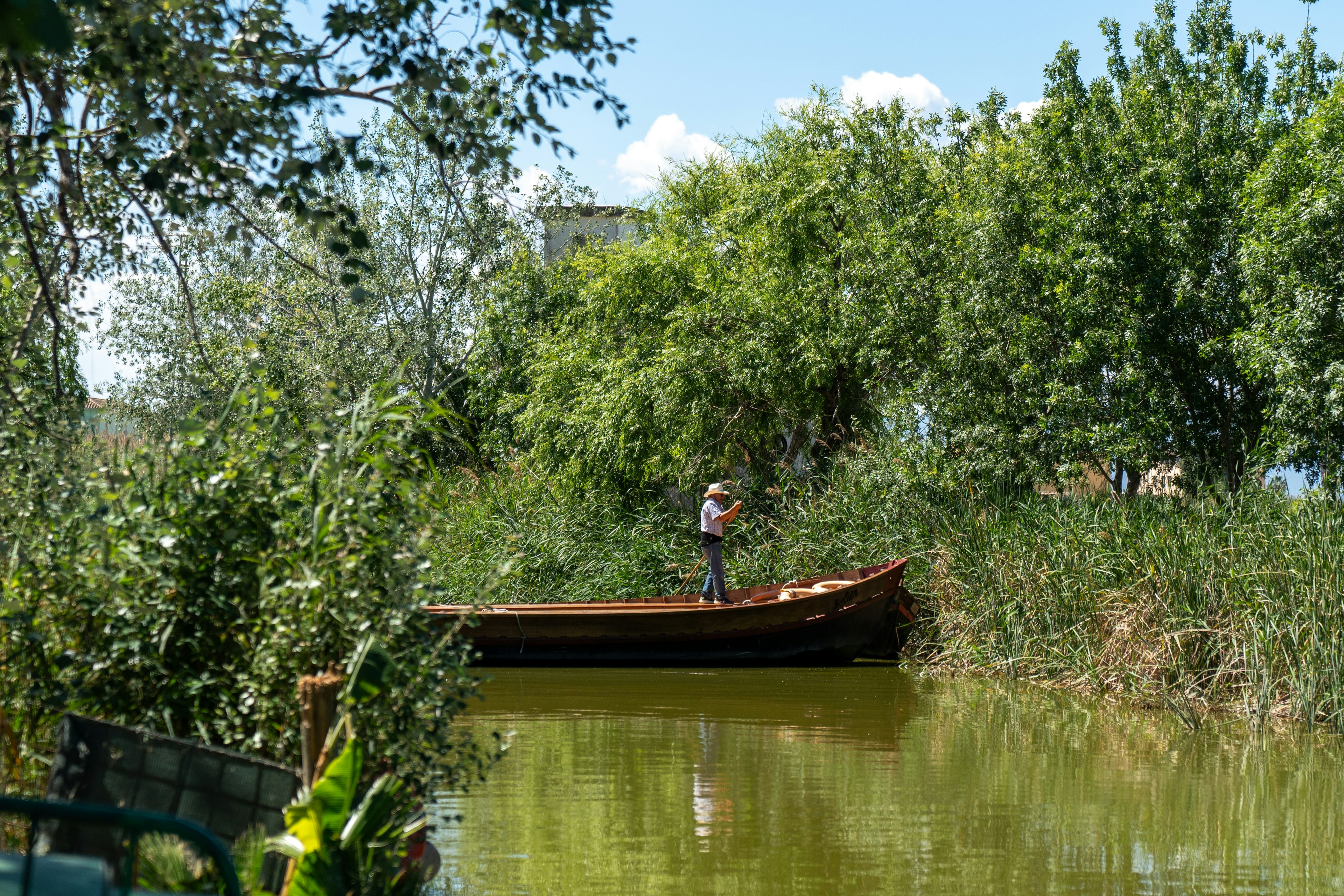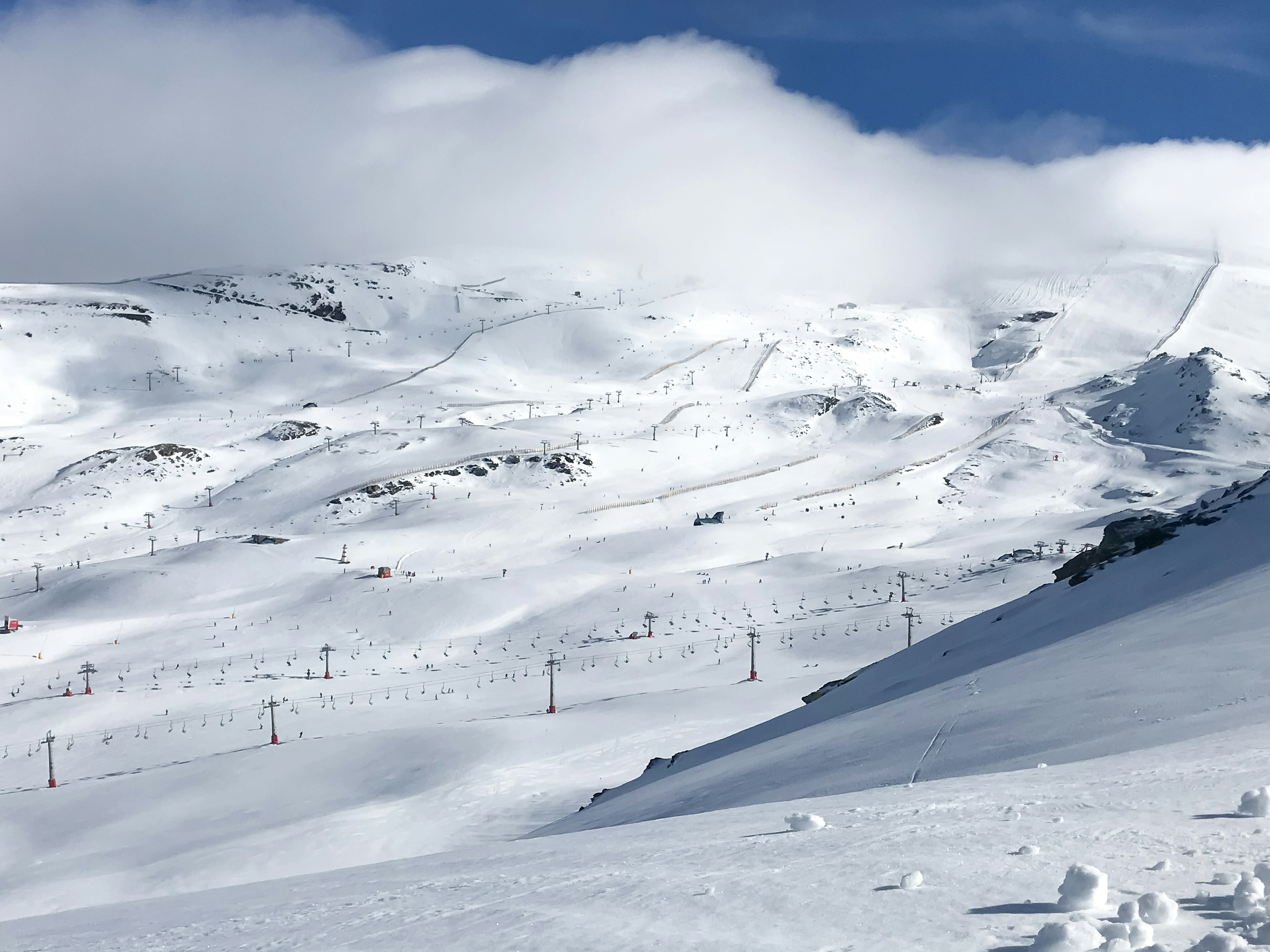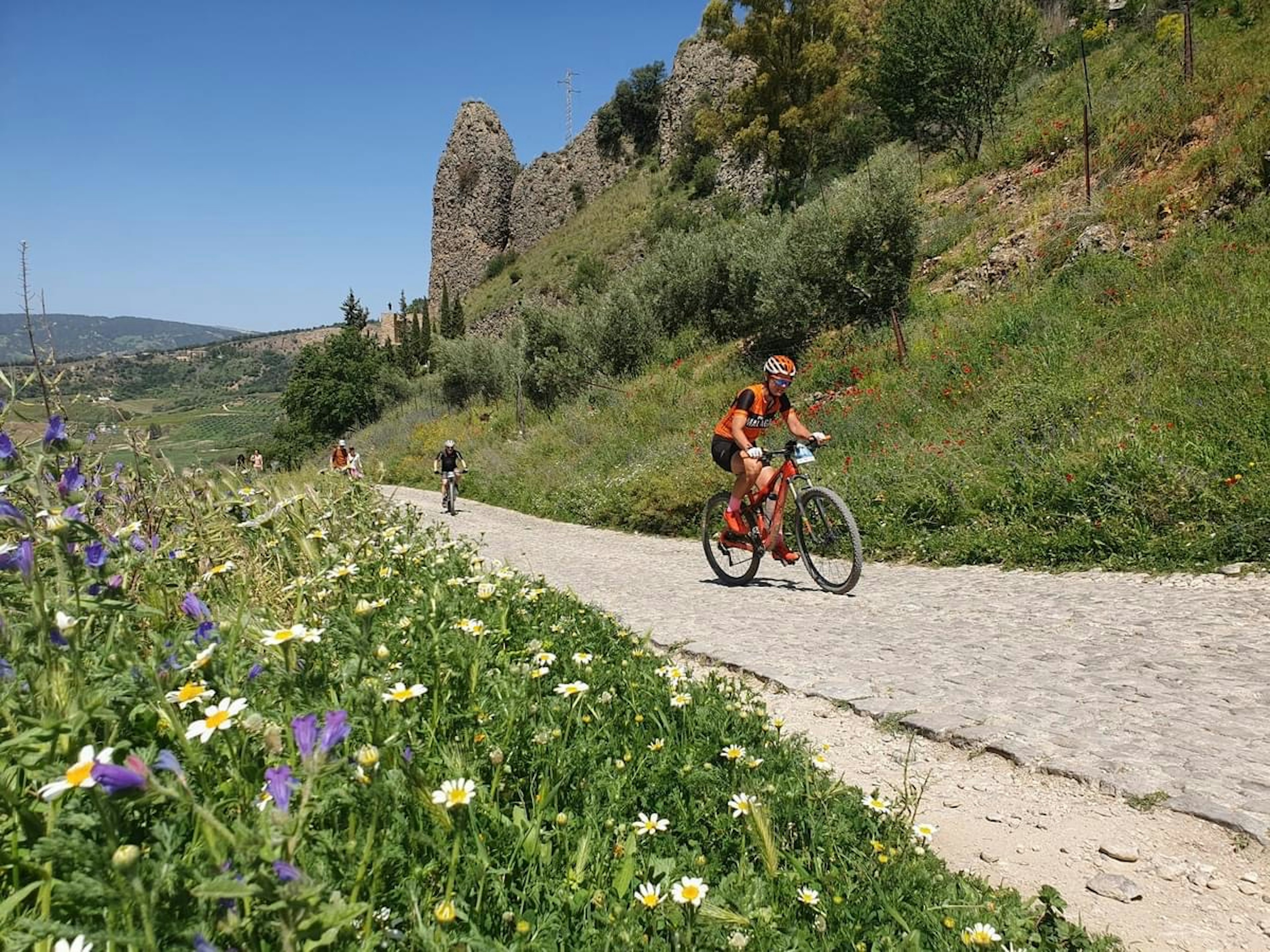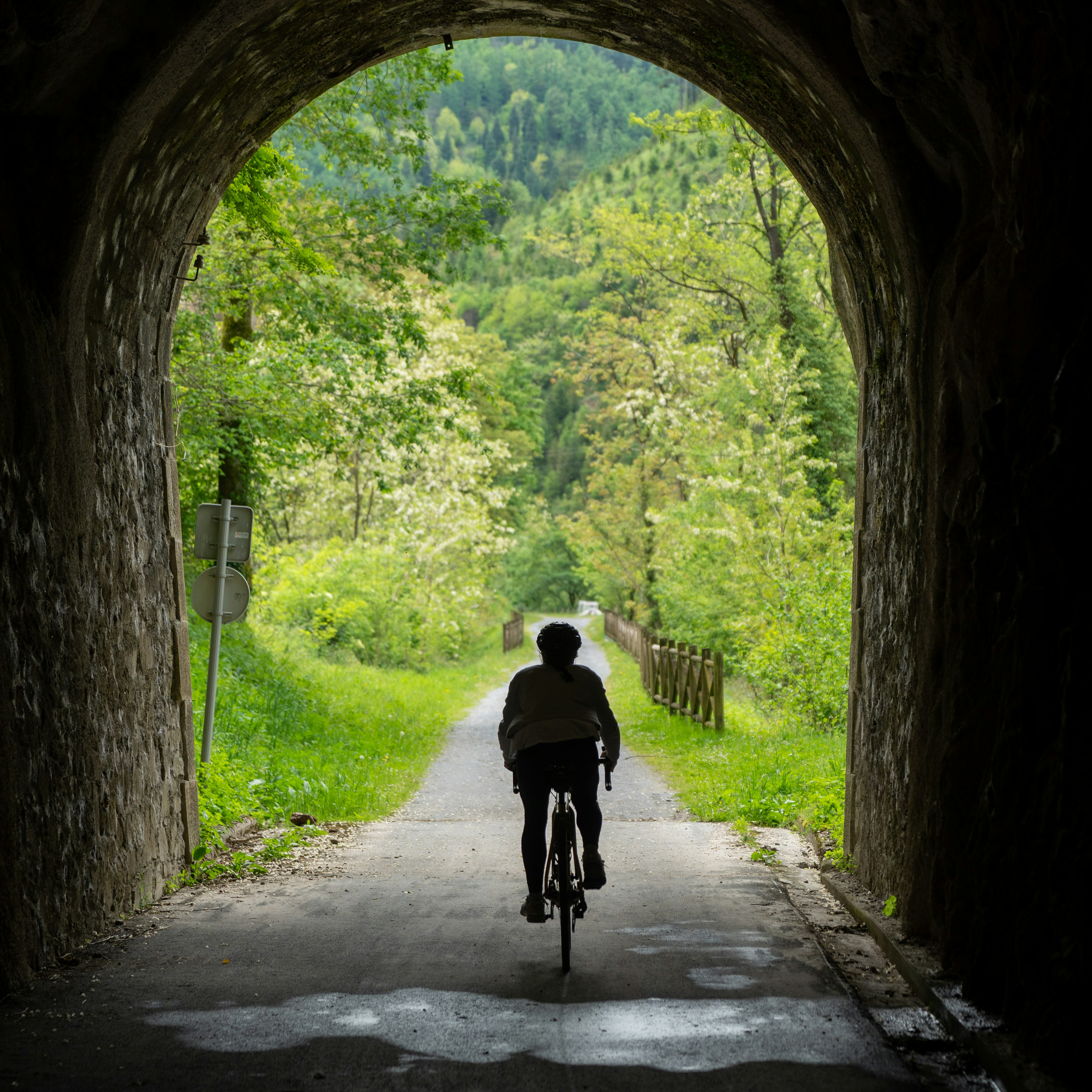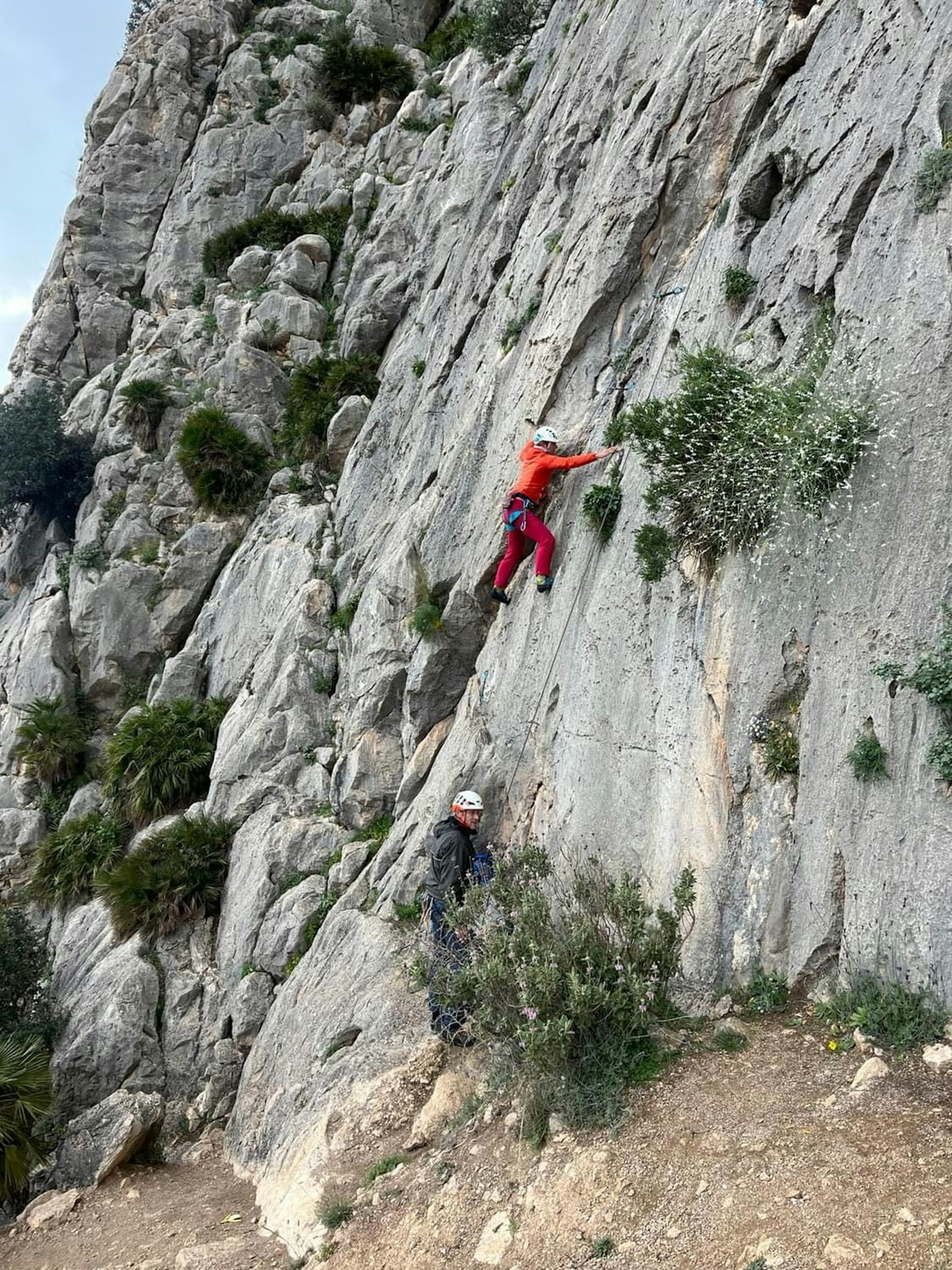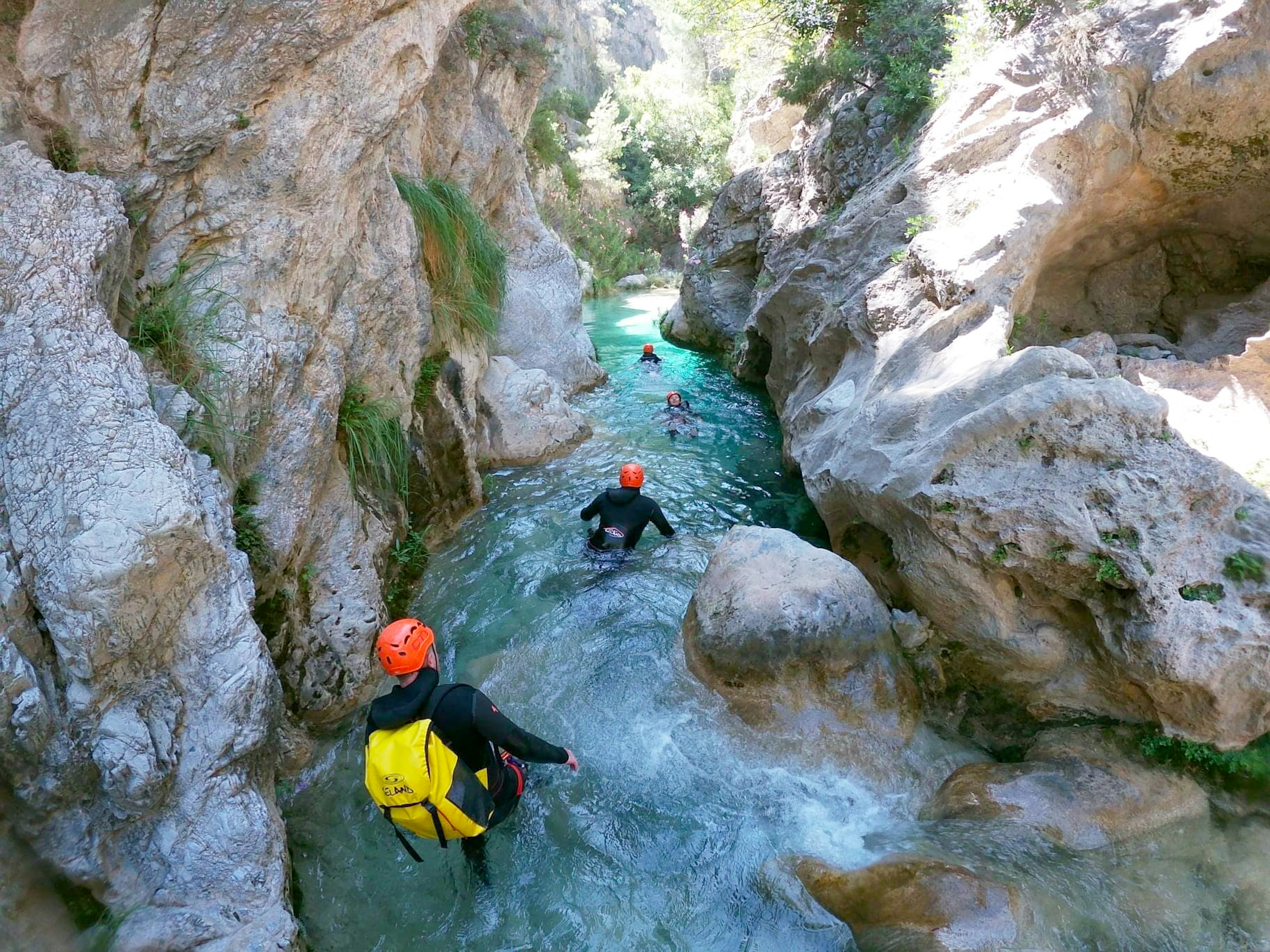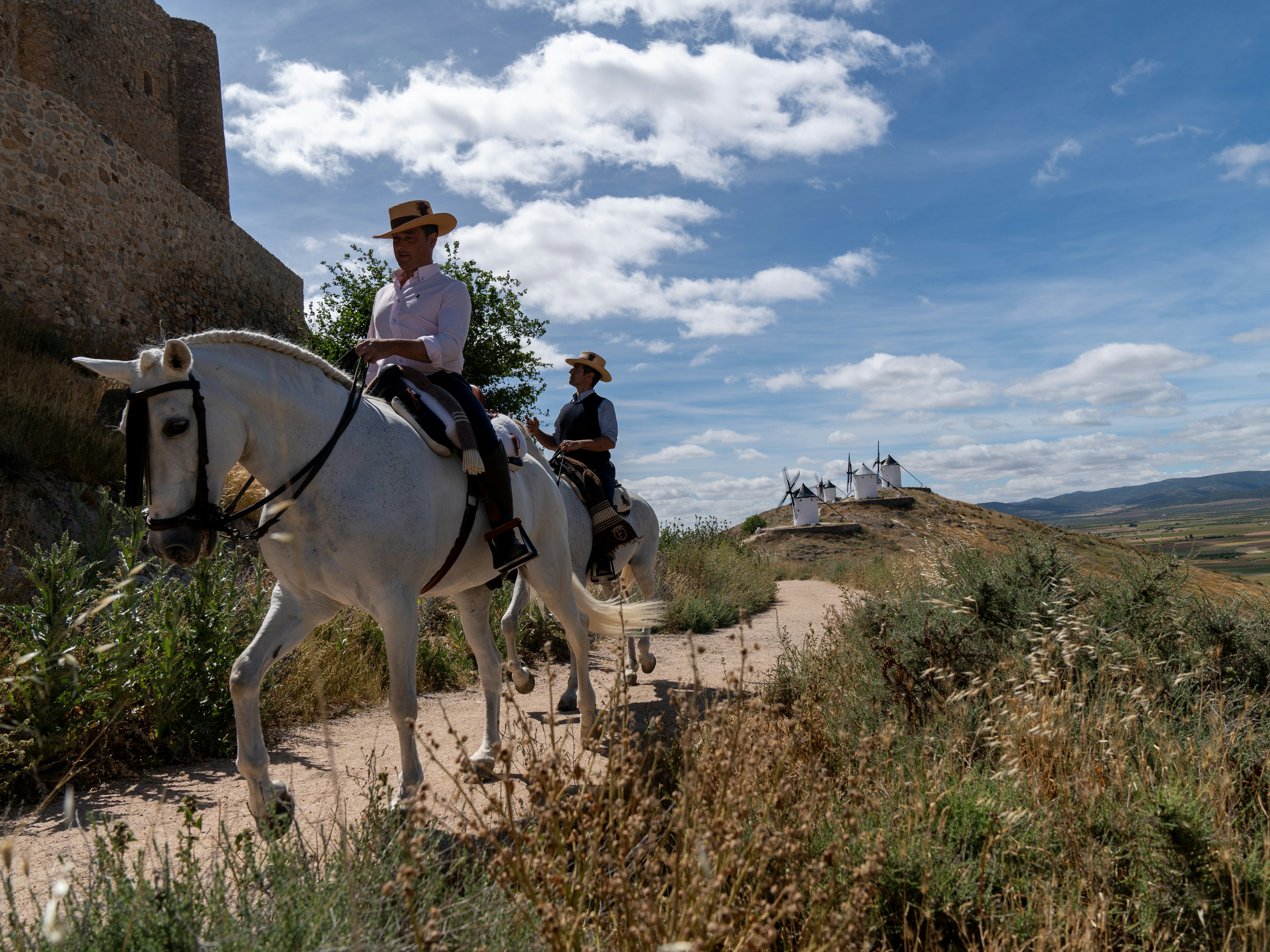With its pristine forests, panoramic peaks, world-renowned bridges and historic ruins, the Hudson Valley is a hiker’s heaven. There are trails to suit all experience levels, all just a stone’s throw from New York City. If you thought New York State was all about city sprawl, prepare to be surprised.
There’s a reason Thomas Cole and the artists of the Hudson River School spent so much time recording this region in their 19th-century paintings. The highlands, forests and meadows flanking the country’s fourth-longest river are part of an American Arcadia that dazzles in all four seasons. Walking through this wondrous terrain is one of the best things to do in the Hudson Valley.
Whether you’re taking a day trip north from New York City or spending a weekend or longer investigating the area’s quirky enclaves, here are the best hikes to add to your Hudson Valley itinerary.

1. Bull Hill Hike
Best day trip from NYC
5.4 miles roundtrip; 3-4 hours; moderate
It’s little wonder the loop around 1421ft Bull Hill (also known as Mt Taurus) is one of the Hudson Valley’s most popular treks. Starting just 50 miles north of NYC near the village of Cold Spring, this rewarding outdoor adventure is an easy day trip for hike-hungry urbanites. It’s also a visual crash course in the history of the Hudson Highlands.
The hike begins on the Washburn Trail and ends on the Cornish Trail, exploring scenic overlooks and mysterious ruins that attract eager hikers year-round. Pick up the trail across the street from Little Stony Point, a green space by the Hudson River, and climb quickly to the old Mt Taurus Quarry – an industrial stone-mining operation abandoned in the mid-20th century.
A challenging haul through areas of bare rock and patchy thickets leads to several lookout points with awe-inducing views of Storm King Mountain, the Hudson River, and on clear days, the distant NYC skyline. After the summit of Bull Hill, the hike becomes a gentle forest stroll; squirrels rustle in the underbrush, birds flit among tree branches, and a gurgling creek adds a meditative soundtrack.
Highlights of this section include the stone remains of the Cornish Estate, built in 1910 and deserted after a fire in the 1950s. Peer inside the ruins sprinkled along the trail and imagine the property’s Gatsby-era grandeur before finishing the loop. To walk here, plan for an early start – parking spaces fill fast and overflow to the road by mid-morning.
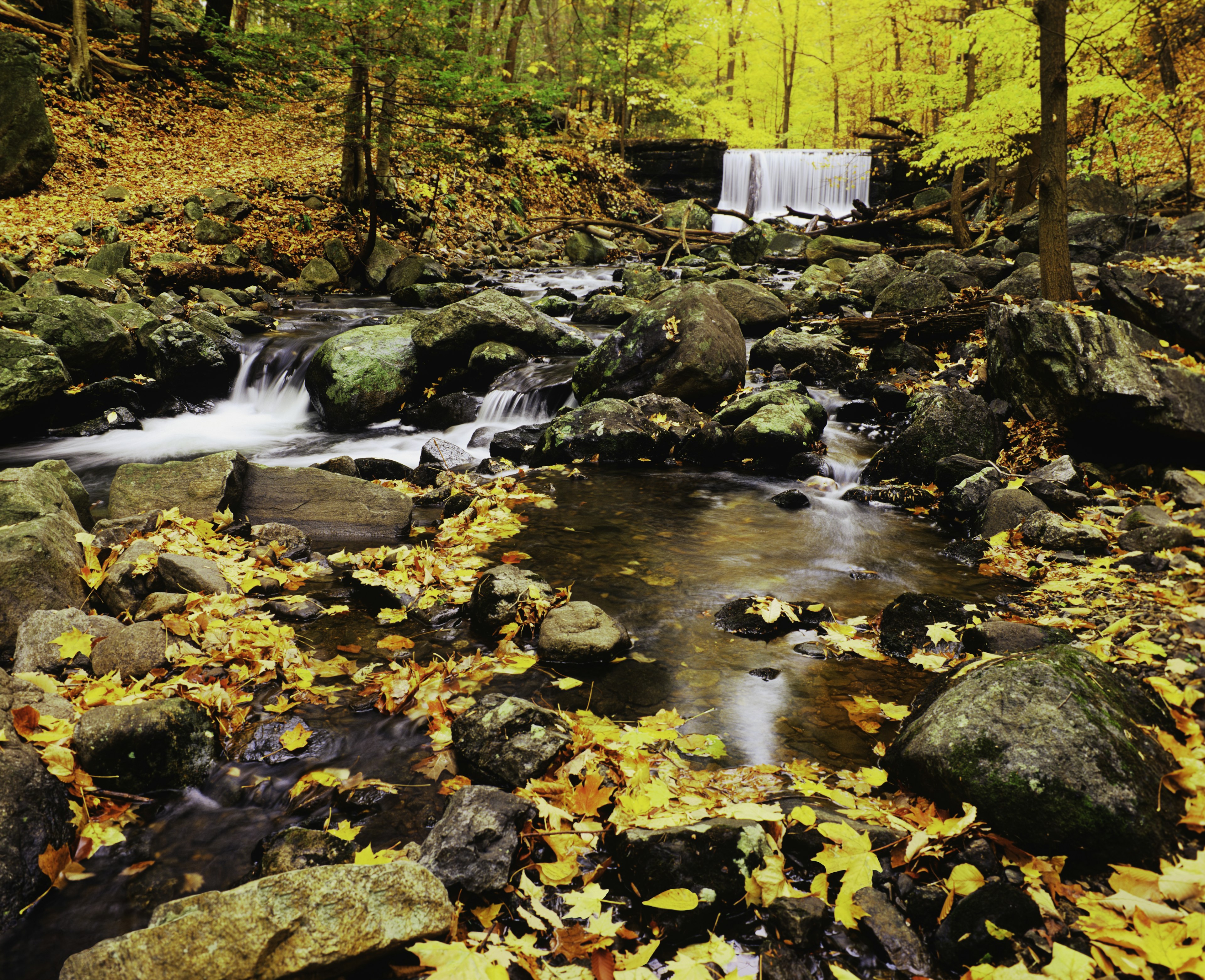
2. Storm King Mountain
Best starter hike in the Hudson Valley
2.4 miles roundtrip; 1-2 hours; easy to moderate
Summit Storm King’s 1300-ft-high crown to see why this mountain deserves its monarchical title. Rocky outcrops scattered around the trail act as nature-made thrones, lording it over the Hudson Valley. Take a seat by one of the overlooks and soak in views of the Hudson Highlands undulating to the east and the Catskills rising to the west. In fall, the colors can be wonderful.
The region’s eponymous river swirls like a ribbon below, while views to the north take in the century-old bones of Bannerman Castle, an abandoned artillery fort on Pollepel Island. At the end of the walk, consider heading 15 minutes north to the Storm King Art Center – a famous outdoor sculpture garden near the town of Cornwall – to make this an all-day outing.
The hike begins at the parking lot off Route 9W, located on the Hudson River’s west side, and follows orange trail markers going clockwise around the path. After a steep climb with several simple rock scrambles, yellow and blue markers lead through a grove filled with maple, oak and sycamore trees.
The first peak you’ll reach is Butter Hill, serving a taste of vistas yet to come. Continue north until the hike’s most awe-inducing panoramas reveal themselves. After admiring the kingdom laid out below, follow white trail markers through the woods and back to the parking lot. On weekends, arrive early to beat the crowds.
3. Breakneck Ridge
Best full-body workout
3.2 miles roundtrip; 3 hours; difficult
Hop on the Breakneck Ridge-bound train at Grand Central Terminal, and you’ll be in good company. On warm weekends, hordes of car-free hikers take the 90-minute trip from Manhattan to brave the East Hudson Highlands’ most challenging trail. This short but strenuous slog is best suited for experienced hikers – rocky scrambles and near-vertical ascents call for sure-footed souls who are unafraid to use their hands.
Hikers can choose from multiple trail options, but for the classic route, follow the white trail to the red trail, then continue down the yellow path to complete the loop. Keep your eyes peeled for views of Storm King Mountain’s rounded crown across the Hudson River, while Bull Hill makes an appearance to the south.
If you’re reasonably fit, this Hudson Highlands hike won’t break you, but you’ll break a sweat. To minimize the chance of mishaps, wear closed-toe shoes with proper grip and don’t hike in wet or icy conditions. Carry water and snacks to refuel throughout the adventure.

4. Walkway Over the Hudson
Best ADA-compliant trail
1.28 miles one way; 1 hour; easy
Stroll or roll across the bridge connecting the towns of Poughkeepsie and Highland for New York State bragging rights. At 6768ft long and 212ft high, the Walkway Over the Hudson is the longest elevated pedestrian bridge in the world. It’s also one of the region’s most accessible trails, accessible via a 21-story-high glass elevator from Poughkeepsie, leading to a smooth path. Audio tours are offered in multiple languages.
The bridge began its life as part of a bustling train network built in the late 19th century, but the declining use of commercial railroads and a 1974 fire turned it into a ghostly reminder of the Hudson River’s industrial golden age. Today, it’s hard to imagine the years of disuse – in summer, dog walkers, joggers and families with strollers glide across the cement while boats and barges race cormorants in the water below.
The atmosphere changes with the seasons. In spring, dogwoods sprout delicate petals along the riverbank, and in autumn, a blaze of color ignites the surrounding woodlands. Even a winter visit is worthwhile – the bridge offers expansive vistas of the Hudson Valley’s snowy scenery. If you want a more challenging journey, consider following the 4.4-mile Walkway Loop Trail, which crosses the bridge before winding through historic villages and handsome parks along the waterfront.
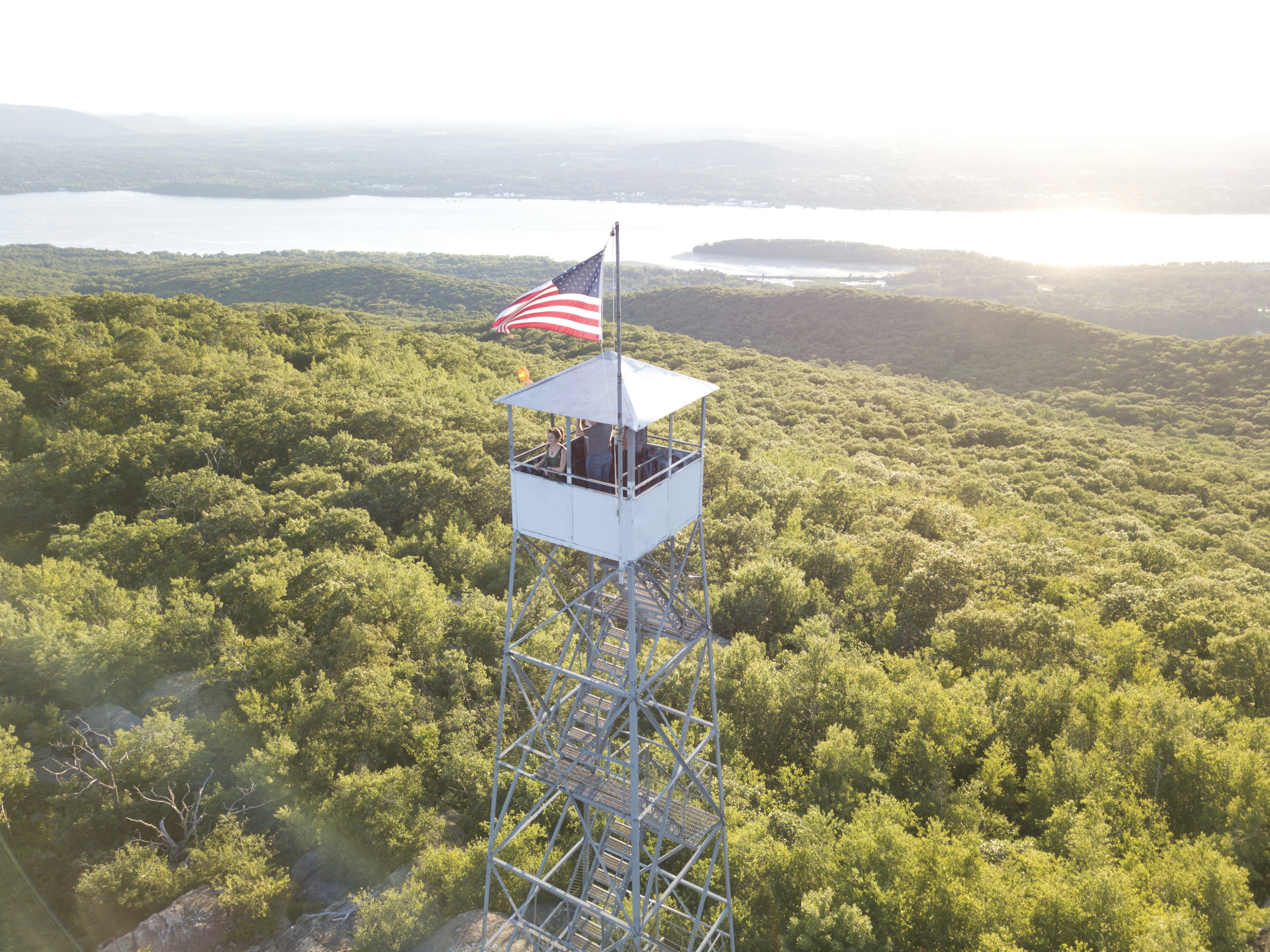
5. Mt Beacon Fire Tower
Best for 360-degree views
4 miles out and back; 3 hours; moderate
The breathtaking hike to Mt Beacon Fire Tower is the best-kept secret on Route 9D. While the crowds clamor to climb nearby Bull Hill and Breakneck Ridge, in-the-know locals take this less-congested path for the region’s best 360-degree views over the Hudson Valley scenery.
Scale the 1600ft summit of Mt Beacon to see the Catskills, Shawangunks and Hudson Highlands rolling out in all directions. On clear days, the Manhattan skyline appears like a distant mirage. Graffiti scribbled atop the 60-ft fire tower says it best: “This sight is beyond a dream.”
The hike is easily divided into two sections. The first follows a 200-step staircase and a rocky path, tracing the route of the former Mt Beacon Incline Railway – once the world’s steepest passenger funicular – which operated from 1902 to 1978. Ruins from the railway and an early 20th-century casino await, with splendid views of the town of Beacon below.
For even better views, continue upward to the fire tower. In summer, birch, hemlock, oak and maple trees create a shady canopy as the track traverses the fern-filled forest. If the final climb to the mountain’s rocky ridge doesn’t make your heart race, the fire tower ascent certainly will. Pack snacks and plenty of water and enjoy the bird’s-eye view as falcons and eagles soar overhead.
6. Brace Mountain
Best hike in the eastern Hudson Valley
3.6 miles out and back; 3-4 hours; difficult
Join the paragliders who flock to the highest peak in Dutchess County, and you can watch daredevils swoop above the Hudson Valley’s eastern border. Brace Mountain – a 2311-ft peak in the southern Taconic Range – is a great vantage point for taking in the Hudson Valley vistas.
The rugged hike to Brace Mountain begins on Quarry Hill Rd, north of Millerton. Weave between red oak trees, bound over boulders and pass creeks feeding photogenic waterfalls. Upon reaching the cairn-marked summit, spin around to see the Berkshires, the Catskills and miles of Hudson Valley farmland below.
Keep your eyes peeled for a diversity of wildlife along the way. Skittish black bears and curious deer occasionally make an appearance, and timber rattlesnakes are common in summer. In July, blueberry bushes near the top provide a sweet treat after a challenging trek.
If this heart-pumping trail isn’t enough of a workout, include Mt Frissell as part of the journey. This combined hike traverses the borders of New York, Massachusetts and Connecticut, and it passes a stone pillar identifying the tristate marker.

7. Bear Mountain State Park
Best for hiking variety
3.8 miles; 3 hours; easy to moderate
Bear Mountain State Park is a 5205-acre antidote to New York’s urban sprawl, which makes seeing the Manhattan skyline from its 1303ft peak even more mind-boggling. NYC might be 50 miles south, but this sylvan landscape seems light-years away.
With more than 50 trails catering to all types of hikers, you’ll be spoilt for choice on Bear Mountain. If you want to see the Big Apple’s silhouette, follow the scenic route from the Major Welch Trail to Perkins Memorial Tower (erected in 1936) and descend on a section of the Appalachian Trail. This counter-clockwise loop is less daunting than the Appalachian through-hike from Georgia to Maine, but it’s still a remarkable journey.
The hike begins along Hessian Lake before turning into an oak forest and mounting rocky terrain lined with blueberry bushes. At the peak, ascend the Perkins Memorial Tower for unobstructed views in all directions. Finish the circuit by descending more than 1000 hand-cut granite steps and zig-zagging along a well-maintained woodland trail.
If nature’s Stairmaster sounds stressful, consider driving to the summit instead. Cars can access the same vista along Perkins Memorial Drive between April and November. Turn this into a full-day event by taking advantage of the park’s seasonal activities. You can boat, swim, cross-country ski, visit the zoo, or dine at the rustic Bear Mountain Inn – there’s something here for all tastes.
8. High Falls
Best waterfall hike
1.4 miles roundtrip; 1 hour; easy
Nature newbies will fawn over the hike to High Falls; this short trail offers sizable rewards for minimal effort. On weekends, a mix of young families, Brooklyn hipsters and flannel-wearing locals from nearby Hudson town trek through the shady hemlock forest searching for Columbia County’s tallest cascade.
High Falls drops an impressive 150ft, and the trails winding through this conservation area lead to two must-see viewpoints. Begin by heading to the overlook for a picture-perfect shot of the waterfall. From here, it’s possible to see a dam at the precipice – a 19th-century remnant of the area’s milling history. Next, weave down to Agawamuck Creek and walk upstream. A smaller waterfall appears a few minutes from the main cascade’s base.
This hike is open year-round, but High Falls is most impressive in early spring or after a storm. The path is often muddy, so don proper footwear and be ready to get grimy.






